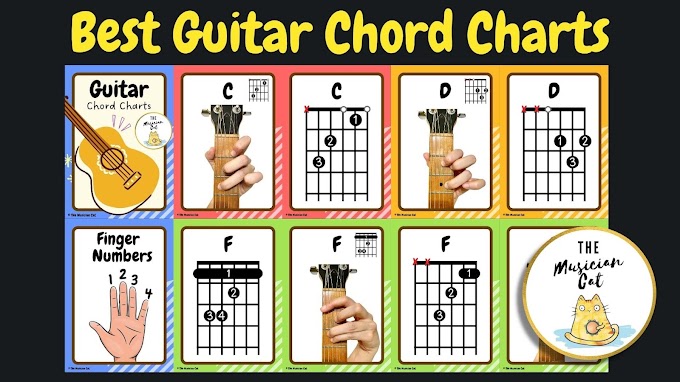
We started the class by playing the following on the keyboard. (I tried to find a xylophone-like sound to make it sound more convincing. ) Students played one octave apart, with the higher octave playing twice as many notes, 11334433 44335544.


Some of the students were able to recognise that we were imitating sounds of the Gamelan. Of course, the scale is different, but I had decided to use these notes to make it simpler for the students.
We need to remember that the Gamelan originated in Indonesia and was only brought into Malaysia at a later time. In Johor, the Javanese Gamelan retained its original characteristics but in Pahang, it was performed mainly for the royalties and overt time, it was modified to suit their taste. Thus, it is in Pahang that the Malay Gamelan (Gamelan Melayu) developed.
I told the class that Malaysia decided to feature the Malay Gamelan in its advertisements and that some Indonesians were upset by that. We had a short debate about whether or not Malaysia should consider it a part of it's culture. The class was divided and both sides raised good points. We concluded that since Malaysia has modified it and decided to consider it a part of it's culture, we should respect that. However, we bear in mind that the Gamelan did originate in Indonesia.

I gave the class a few extracts of music and they had to match the sounds to the correct instrument. Of course, these are just a few examples of traditional malay instruments.


The OMS uses both traditional malay instruments as well as modern western instruments for their performances. This is, perhaps, to attract this new generation of listeners who may not be interested in a purely traditional malay orchestra.






0 Comments